14 Rare Hovercraft That Actually Worked
Hovercrafts once stood out as symbols of futuristic travel and daring design. Built to glide above surfaces, they promised speed and versatility. Many were tested, but only some achieved lasting results. The rare ones that did succeed became legends in transportation history. Their performance amazed both experts and everyday spectators.
This post may contain affiliate links, which helps keep this content free. Please read our disclosure for more info.
Saunders-Roe SR.N1
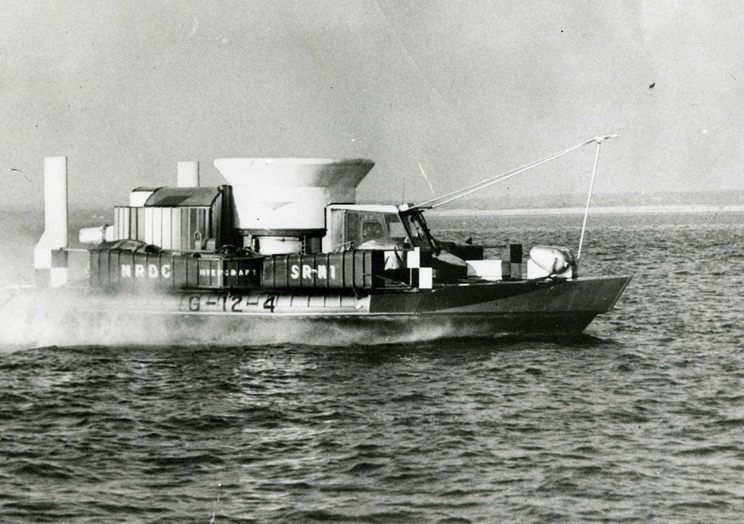
This pioneering machine was produced from 1959 as the first practical hovercraft. It made a public demonstration that year and proved the idea could work over land and water. Only one full-scale craft was built, which makes it very rare today. A museum-quality example would likely draw about $5,000,000 at auction. Collectors value it for its historical firsts and for its iconic profile.
The SR.N1 validated skirt design, lift systems, and control methods during multi-year trials. It crossed open water during tests and set the stage for commercial models. Engineers used it to refine skirt depth and weight balance. Surviving components are held by museums and specialist collections. Interest remains steady among transport history buyers.
Saunders-Roe SR.N2
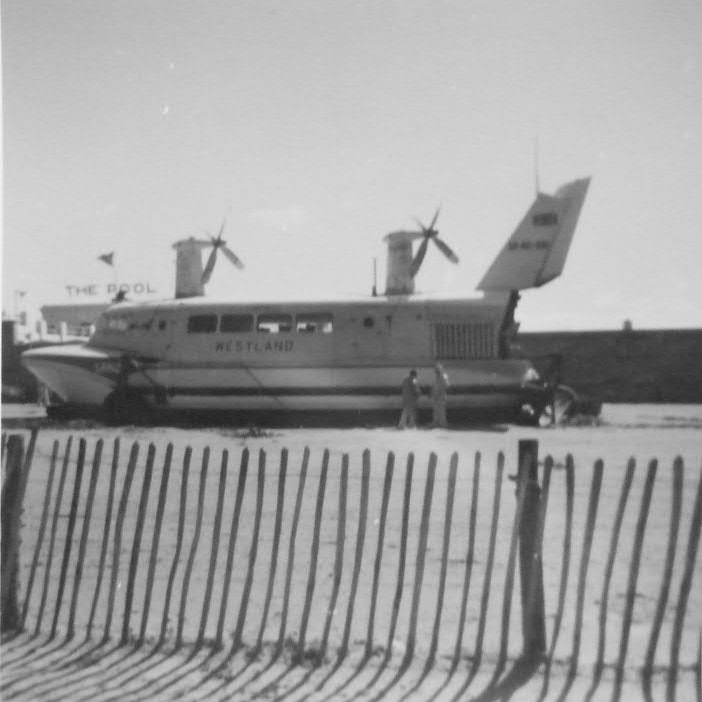
Westland and Saunders-Roe produced this craft in 1961 as a step toward paying passenger service. Only one was built, which makes it scarce in any form today. It ran demonstration routes and short ferry trials that proved commercial potential. A complete survivor would likely be valued near $2,500,000. The story behind its trials adds strong collector appeal.
The SR.N2 tested higher skirts to handle rough water and carried dozens of passengers. It operated on routes in Britain and was shown in Canada. Its work helped shape later ferries on the Solent and beyond. Most hardware was broken up after trials. Paper archives and photos guide any future restoration attempt.
Saunders-Roe SR.N5
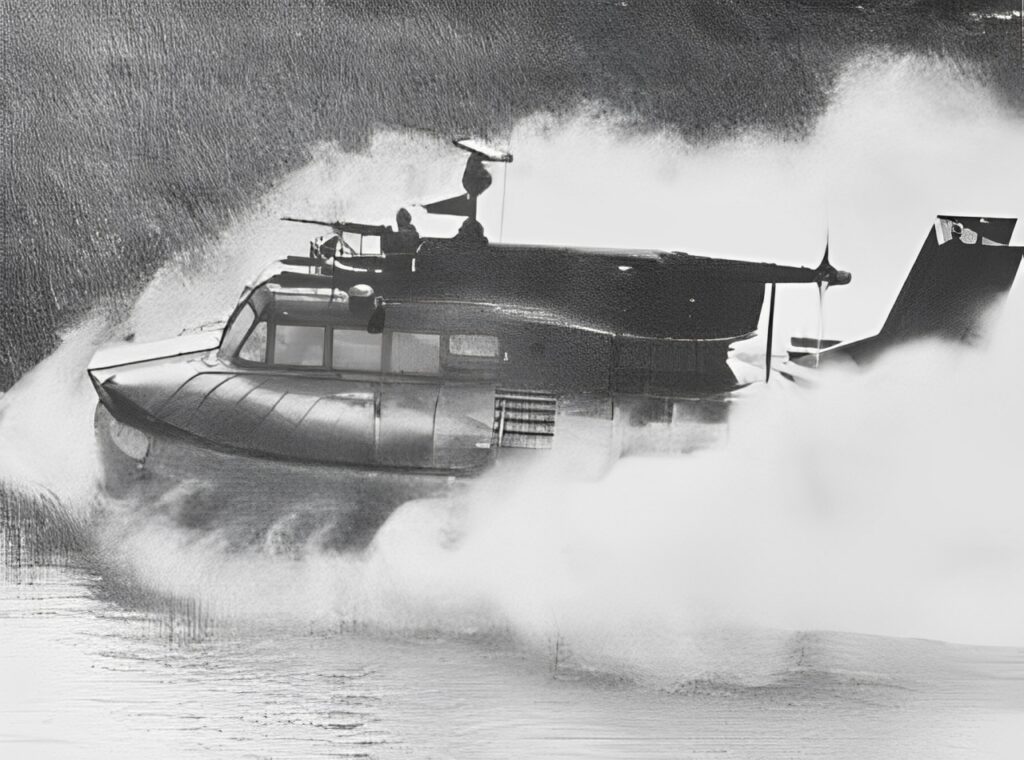
First flown in 1964, this was the first production hovercraft model. It proved the concept could be built in numbers and adapted to different roles. Production scale was still limited, which keeps survivors rare. A well-documented example would likely draw about $1,200,000. Collectors like its place between early prototypes and later commuter craft.
The SR.N5 became a base for overseas versions and military fits. It offered better passenger capacity than earlier craft and smoother handling. Lessons from this design influenced the widely used SR.N6. Remaining hulls appear in museums and private storage. Period photos and manuals add value to any sale.
Bell SK-5 PACV
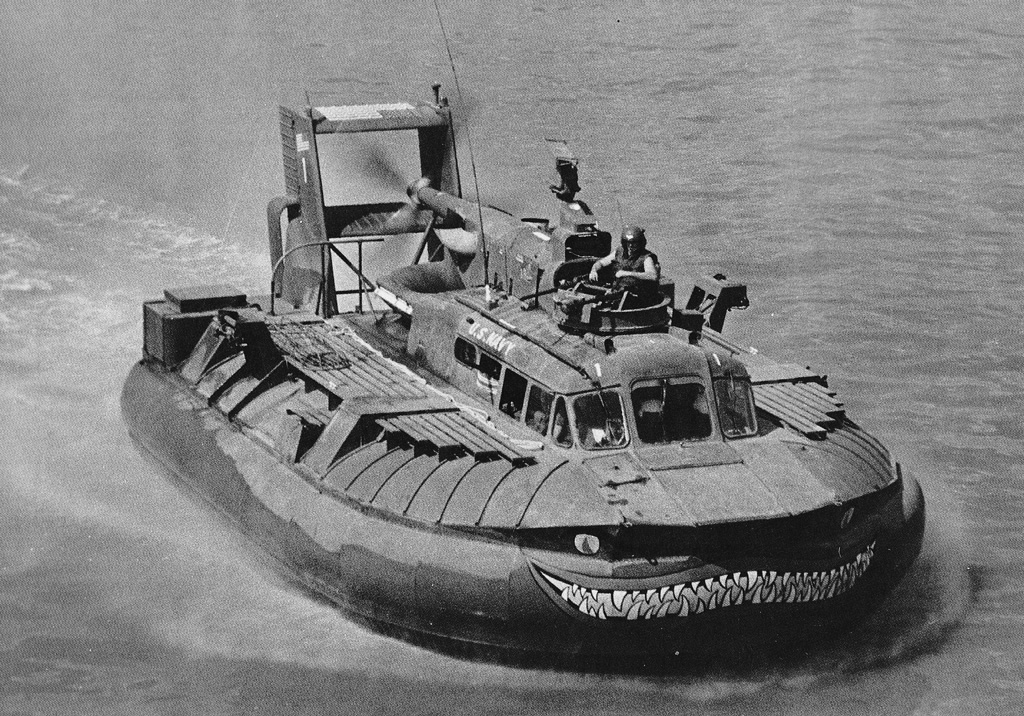
The SK-5 was the American version of the SR.N5 adapted for patrol in Vietnam. Only six military craft were built, split between Navy and Army units. They worked fast in marsh and river zones and carried small teams. A complete SK-5 with service history could bring about $2,000,000. Vietnam provenance would drive interest and price.
The craft used a gas-turbine for both lift and thrust through linked systems. Reports praised speed but noted maintenance and cost issues. Several were lost or retired early, which adds to rarity. Postwar units served with the Coast Guard before retirement. Museums and private owners hold the remaining examples.
Saunders-Roe SR.N6
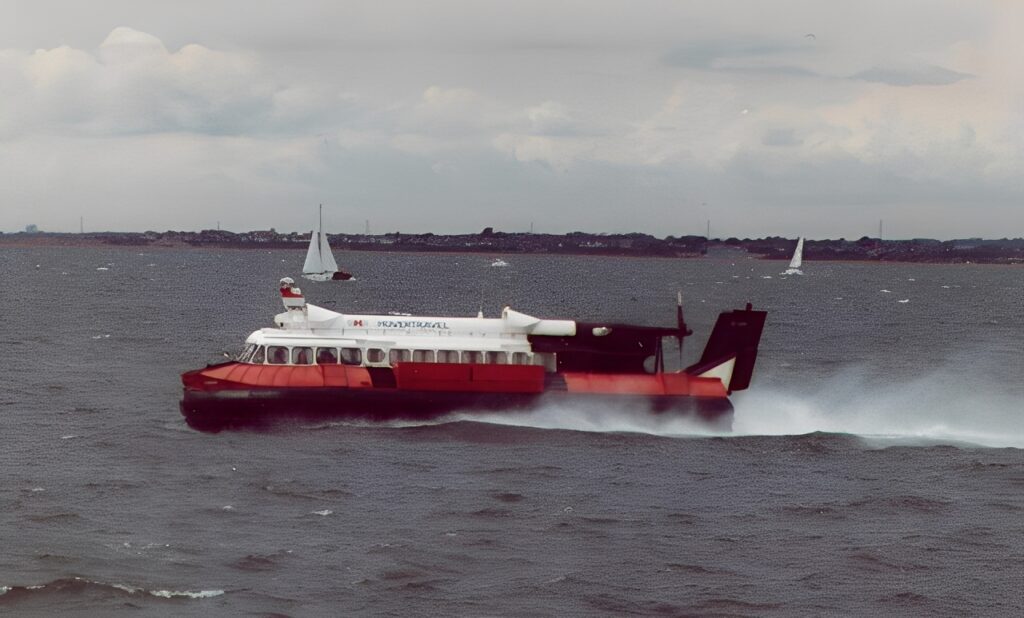
First launched in 1965, this became the most widely used commuter hovercraft of its day. It ran on the Solent and other routes and carried more passengers than the SR.N5. Production numbers were modest by ship standards, yet high for hovercraft. A good condition craft could sell near $800,000. Operating examples are scarce today, which supports that range.
The SR.N6 introduced refinements that made daily service practical. It used improved skirts and better control gear for varied conditions. Operators gained experience that fed into later civil designs. Several survive in museums and storage yards. Props and drivetrain parts remain collectible on their own.
Vickers VA-3
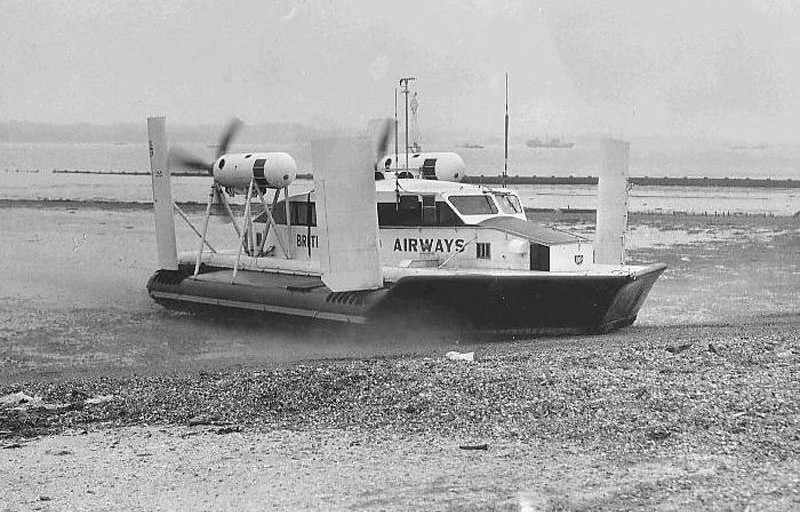
This 1962 craft ran the first paying passenger hovercraft route in North Wales. Only a very small number were built for trials and short service. The route across the Dee estuary showed public demand was real. A surviving VA-3 would likely command around $1,500,000. The link to the first commercial service makes it special.
The VA-3 carried about two dozen passengers and used turbine power. It flew on trials in the Solent and then moved to revenue service. The program ended after the trial period, and the craft left service. Photos, films, and documents remain, which adds to provenance. Any restoration would focus on structure, skirts, and engines.
British Hovercraft Corporation BH.7
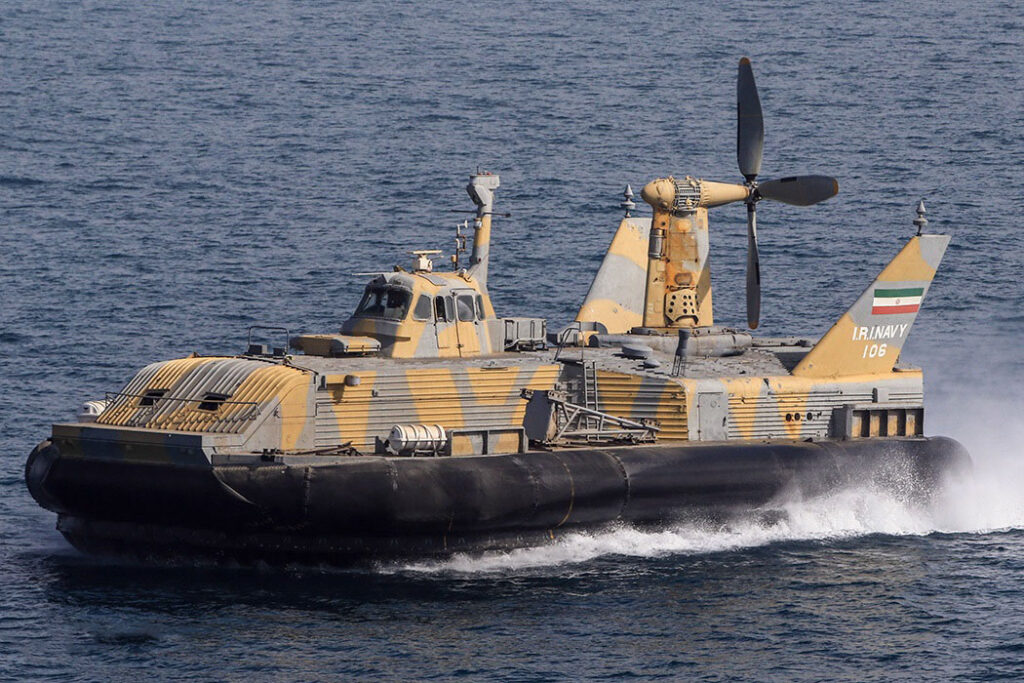
The BH.7 first flew in 1969 and was aimed at naval patrol and related roles. Only a small group were built, with some exported. Its duties ranged from patrol to rescue to fisheries protection. A complete naval BH.7 could sell near $3,000,000. Military markings and equipment would add collector value.
The craft used powerful engines, ducted propellers, and a rugged skirt system. Trials with the Royal Navy helped finalize the setup. Civil versions existed in small numbers. Surviving units are rare since many worked hard at sea. Technical manuals and spares can raise package value.
Hovermarine HM-2 Sidewall Hovercraft
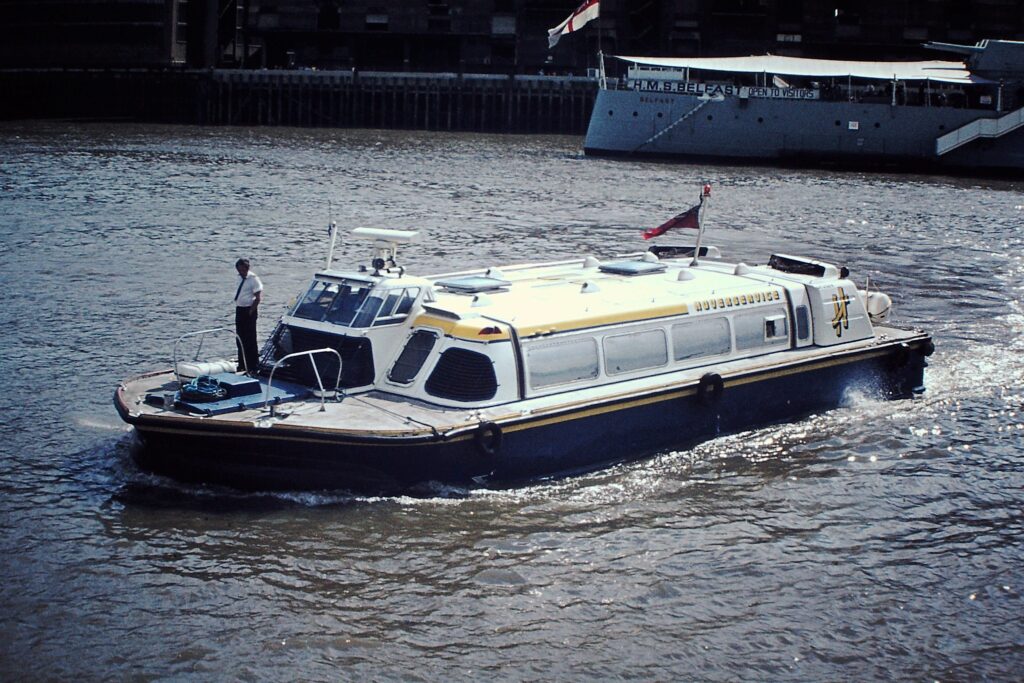
Built from the late 1960s, the HM-2 was a sidewall hovercraft for short ferry routes. It lifted most of the hull clear of the water while the rigid sides guided movement. Production was limited and tied to a few operators, which keeps survivors scarce. A serviceable HM-2 would likely sell around $700,000. Documentation from ferry service adds to interest.
These craft ran in Britain and overseas, including trials and services around the Solent and in Asia. Records show multiple units built and sold before the firm declined. Sidewall designs were non-amphibious but delivered stable rides for ports and rivers. Hong Kong regulations even addressed passenger sidewall craft by type. Restored examples appear in private hands and museums.
SEDAM N500 Naviplane
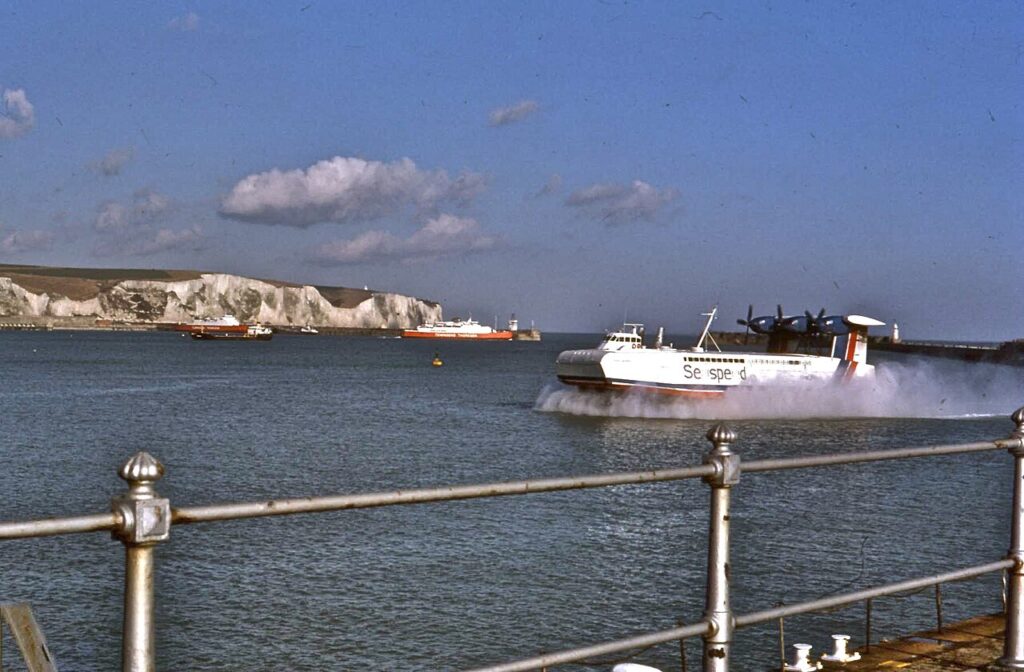
This huge French craft emerged in the mid to late 1970s for Channel routes. Only two were built, and one was lost to fire before service. The remaining unit struggled in service and was scrapped, which makes any survivor parts rare. A complete and restored N500 would likely be valued near $5,000,000. Its size and short career drive collector interest.
The N500 briefly held the title of the largest hovercraft. It was backed to compete with the British SR.N4 ferries. Operators planned mixed fleets for the Channel. Reliability and cost ended the effort within a decade. Today the story stands as a striking chapter in cross-Channel history.
British Hovercraft Corporation AP1-88
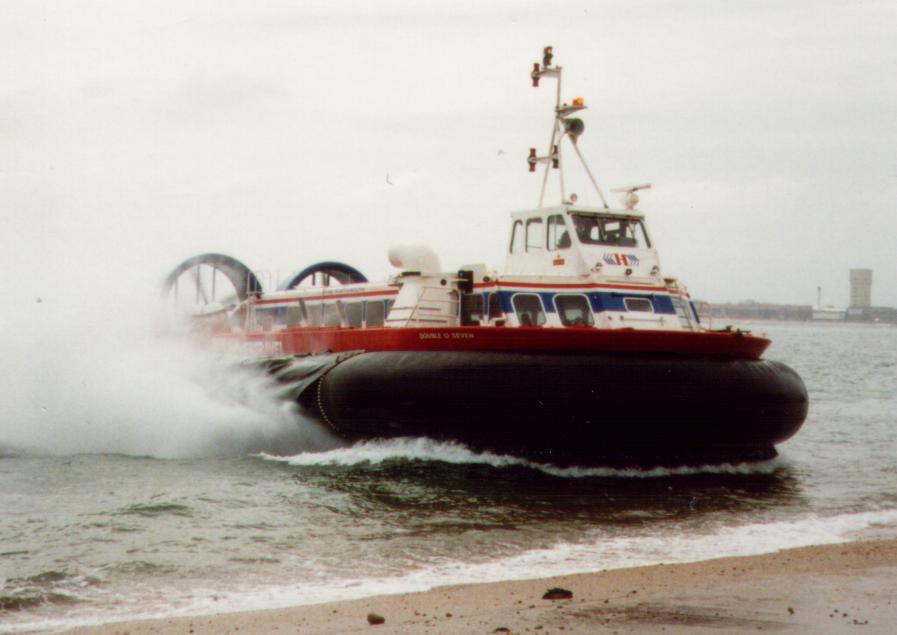
Developed in the early 1980s, the AP1-88 carried commuters and saw service with agencies. Dozens were built in several versions for civil and military tasks. Rarity today comes from attrition and retirements rather than low output. A late-life serviceable AP1-88 might sell near $1,200,000. Coast Guard history or ferry records help pricing.
The design could move over beaches and mudflats and carry vehicles or up to roughly a hundred passengers. Operators used them in the Solent and worldwide. Several units moved between owners and roles over time. Some remain preserved or stored for parts. Photo archives from operators add to provenance files.
LACV-30
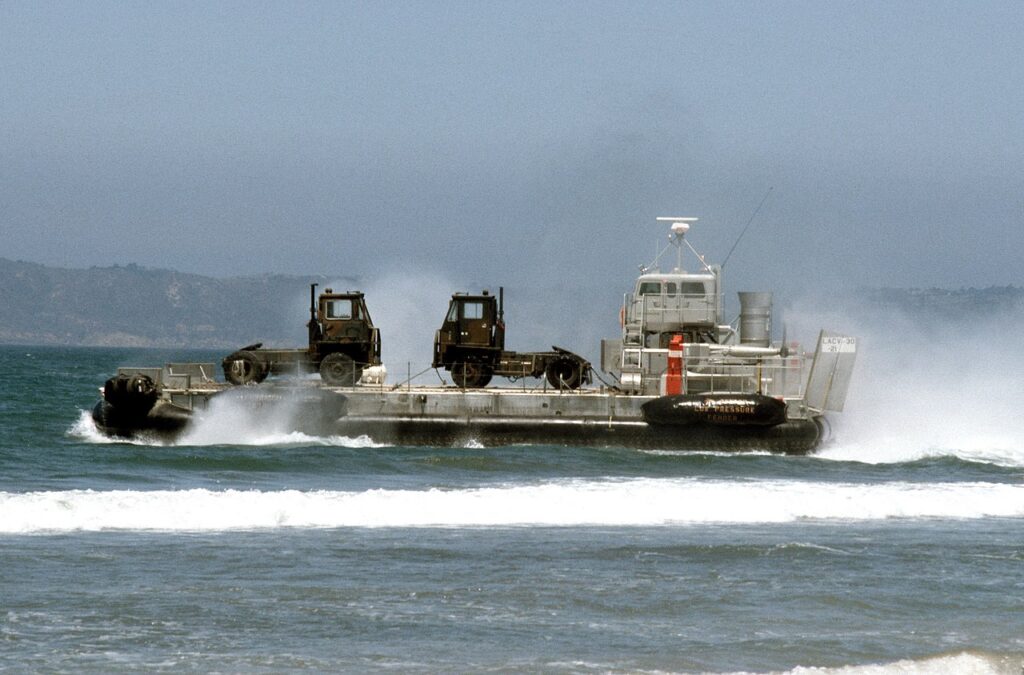
Built between 1983 and 1994, this U.S. Army hovercraft hauled cargo and containers. Only 26 were made and most were retired by the mid-1990s. Units appear in museums and storage, which keeps intact examples scarce. An operational LACV-30 could bring about $3,000,000. Its heavy-lift role and limited numbers support that figure.
The craft was derived from a civilian design and used twin turbine power. Reports note that field use revealed limits for rough jobs. Even so, it performed real logistics tasks in training and exercises. Records and photos from Fort Eustis and Fort Story document the fleet. Spares and training materials often accompany surviving hulls.
Saunders-Roe SR.N3
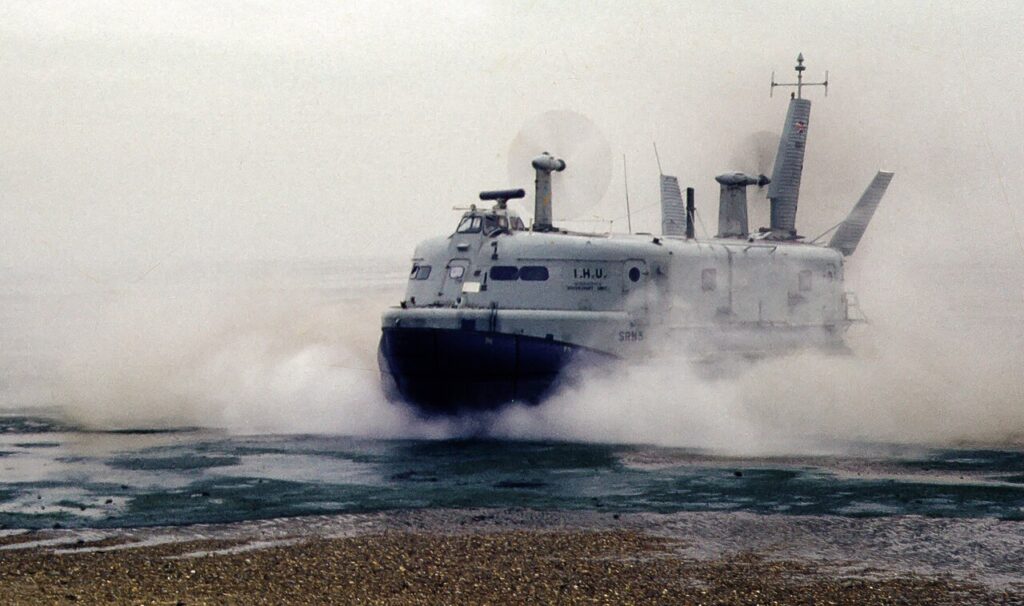
Launched in 1963, this was aimed at military trials rather than routine public service. Only a handful were built for testing in harsh conditions. Reports show it ran in heavy seas and icy water with success. If a complete example surfaced today it could fetch about $1,500,000. Its rarity comes from limited production and the tough work it performed.
The SR.N3 used four gas-turbine engines and could cruise at high speed. Trials with the Interservice Hovercraft unit pushed the design hard. Results fed into later craft that carried more people more safely. Many units were expended in trials or later scrapped. Surviving pieces and documents still attract serious interest.
Saunders-Roe SR.N4 Mountbatten Class
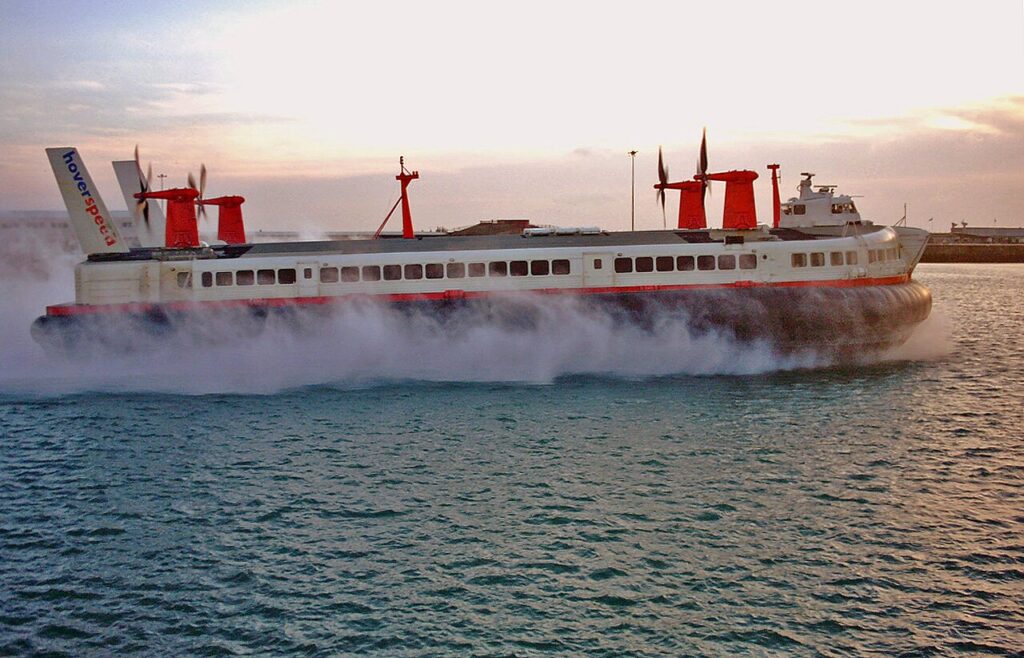
Built from the late 1960s, these giants carried cars and hundreds of passengers across the Channel. Only a small number were produced and just one large craft survives on display. Their scale and speed make them a favorite among fans and historians. A preserved full craft would likely be valued around $9,000,000. That estimate reflects size, rarity, and the cost to store and maintain.
SR.N4 services cut crossing times and set records in later years. They loaded vehicles through a bow ramp and cruised at impressive speeds. Duty-free changes and rising costs ended regular service by 2000. The legacy lives on at the museum and in archives. Large components and spares still trade among restoration groups.
Griffon Hoverwork 12000TD
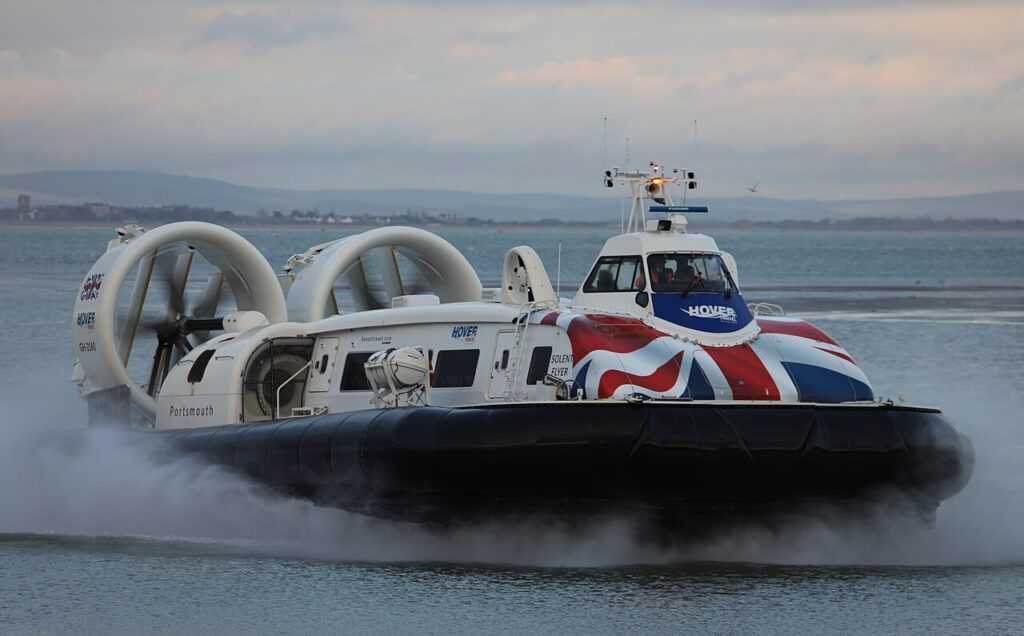
Introduced in 2016 for the Solent route, only a very small number exist. Two craft run daily service for Hovertravel, which keeps the type scarce. Modern systems, quieter propellers, and efficient engines set it apart from older fleets. A current unit would likely be valued near $7,000,000. Route reputation and active support network add confidence for buyers.
The 12000TD links Portsmouth and Ryde with fast crossings. Articles and operator updates document the service since launch. Sister craft have been built for other customers, yet the total remains low. The line continues a tradition that began in the 1960s. Ongoing service records strengthen provenance for each hull.
The story of rare hovercraft continues to spark interest among collectors and enthusiasts. Each model represents a step forward in trying new ways of travel over land and sea. Their limited production makes surviving examples valuable both in history and in market worth. Exploring these machines is a way to celebrate creativity and engineering achievement.
This article originally appeared on Avocadu.
